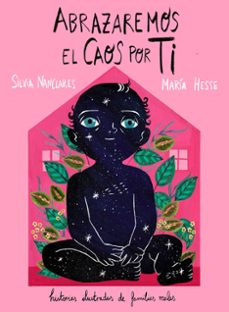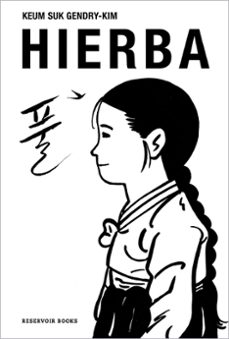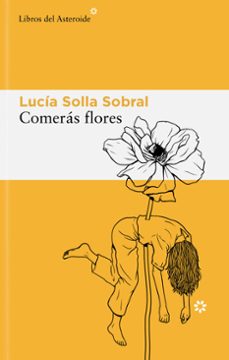Imprescindibles
Más vendidos Libros más leídos eBooks más leídos Todos los libros Todos los libros Autores destacados Series y sagas
Recomendados Libros recomendados Autores destacados Libros que inspiran Vidas con historia LGTBIQ+ English books
Ficción
Literatura Contemporánea Estudios literarios Clásicos Cuentos Poesía Teatro Libros de bolsillo Sagas literarias
Géneros literarios Novela romántica y erótica Novela negra Novela histórica Narrativa fantástica Novela de ciencia ficción Novela de terror Narrativa de humor Narrativa de viajes
No Ficción
Ciencias y tecnología Biología Ciencias Ciencias naturales Divulgación científica Informática Ingeniería Matemáticas Medicina Salud y dietas Formación Idiomas Estilo de vida Libros de Cocina Guías de viaje Narrativa de viajes Deportes Libros de Juegos Manualidades
Humanidades Autoayuda y espiritualidad Ciencias humanas Derecho Economía y Empresa Psicología y Pedagogía Filosofía Sociología Filología Biblioteconomía Estudios filológicos Estudios lingüísticos Estudios literarios Historia y crítica de la Literatura
Infantil
Juvenil
#Jóvenes lectores Narrativa juvenil Clásicos adaptados Libros Wattpad Libros Booktok Libros de influencers Libros de Youtubers Libros Spicy Juveniles Libros LGTBIQ+ Temas sociales Libros ciencia ficción Libros de acción y aventura Cómic y Manga Juvenil Cómic Juvenil Manga Shonen Manga Shojo Autores destacados Jennifer L. Armentrout Eloy Moreno Nerea Llanes Hannah Nicole Maehrer
Libros de fantasía Cozy Fantasy Dark academia Hadas y Fae Romantasy Royal Fantasy Urban Fantasy Vampiros y hombres lobo Otros Misterio y terror Cozy mistery Policiaca Spooky Terror Thriller y suspense Otros
Libros románticos y de amor Dark Romance Clean Romance Cowboy Romance Mafia y amor Romance dramatico Romance dramatico Romcom Sport Romance Otros Clichés Enemies to Lovers Friends to Lovers Hermanastros Slow Burn Fake Dating Triángulo amoroso
Cómic y Manga
Novela gráfica Novela gráfica americana Novela gráfica europea Novela gráfica de otros países Personajes, series y sagas Series y sagas Star Wars Superhéroes Cómics DC Cómics Marvel Cómics otros superhéroes Cómics Valiant
eBooks
Literatura Contemporánea Narrativa fantástica Novela de ciencia ficción Novela de terror Novela histórica Novela negra Novela romántica y erótica Juvenil Más de 13 años Más de 15 años Infantil eBooks infantiles
Humanidades Autoayuda y espiritualidad Ciencias humanas Economía y Empresa Psicología y Pedagogía Filosofía Historia Historia de España Historia Universal Arte Cine Música Historia del arte
Ciencia y tecnología Ciencias naturales Divulgación científica Medicina Salud y dietas Filología Estudios lingüísticos Estudios literarios Historia y crítica de la Literatura Estilo de vida Cocina Guías de viaje Ocio y deportes
Judith Swaddling
Recibe novedades de JUDITH SWADDLING directamente en tu email
Filtros
Del 1 al 2 de 2
Ediciones Akal 9788446026983
Los etruscos, un pueblo de una cultura y una tecnología exquisitas, habitaron el territorio situado entre Roma y Florencia durante casi mil años. Aunque fueron finalmente absorbidos por el Imperio romano, dejaron tras de sí un importante legado a la civilización occidental. En la Antigüedad eran considerados como un pueblo próspero, refinado, amante de los banquetes y las diversiones y profundamente religioso. Poseían además una amplia cultura literaria, pero sus textos no han llegado hasta nosotros, por lo que sólo podemos conocer sus mitos y leyendas gracias a su producción artística. Sus interpretaciones de las escenas de la mitología griega dan cuenta de sus particulares y llamativas creencias, que reflejan la importancia en la religión etrusca de los sacrificios humanos, las deidades femeninas y los demonios.
Ver más
Tapa blanda
BRITISH MUSEUM PUBLICATIONS LTD. 9780714122502
In this revised and enlarged edition of "The Ancient Olympic Games", Judith Swaddling traces their mythological and religious origins and describes the events, the sacred ceremony and the celebrations that were an essential part of the Olympic festival. A large, detailed model based on modern research and excavation reconstructs the site of ancient Olympia, where alongside religious an civic buildings there grew an elaborate sports complex with a stadium for 40,000 spectators, indoor and outdoor training facilities, hot and cold baths, a swimming pool and a racecourse. Later chapters cover the diet and medical treatment of athletes, sponsorship, patronage, propaganda and revivals of the Games. The last additional chapter on the modern Games is written in collaboration with Stewart Binns, an expert in this field who has worked closely with the International Olympic Committee over many years.
Ver más
Tapa blanda
Del 1 al 2 de 2



























